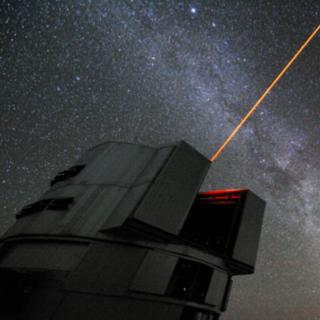Bibcode
Lucchesi, R.; Lardo, C.; Primas, F.; Jablonka, P.; North, P.; Battaglia, G.; Starkenburg, E.; Hill, V.; Irwin, M.; Francois, P.; Shetrone, M.; Tolstoy, E.; Venn, K.
Referencia bibliográfica
Astronomy and Astrophysics
Fecha de publicación:
12
2020
Revista
Número de citas
19
Número de citas referidas
17
Descripción
We present the high-resolution spectroscopic analysis of two new extremely metal-poor star (EMPS) candidates in the dwarf spheroidal galaxy Sextans. These targets were preselected from medium-resolution spectra centered around the Ca II triplet in the near-infrared and were followed-up at higher resolution with VLT/UVES. We confirm their low metallicities with [Fe/H] = -2.95 and [Fe/H] = -3.01, which place them among the most metal-poor stars known in Sextans. The abundances of 18 elements, including C, Na, the α, Fe-peak, and neutron-capture elements, are determined. In particular, we present the first unambiguous detection of Zn in a classical dwarf at extremely low metallicity. Previous indications were made of a large scatter in the abundance ratios of the Sextans stellar population around [Fe/H] ∼ - 3 when compared to other galaxies, particularly with very low observed [α/Fe] ratios. We took the opportunity of reanalyzing the full sample of EMPS in Sextans and find a [α/Fe] Milky Way-like plateau and a ∼0.2 dex dispersion at fixed metallicity.
Based on UVES observations collected at the ESO, proposal 093.D-0311.
Proyectos relacionados

Evolución Galáctica en el Grupo Local
La formación y evolución de galaxias es un problema fundamental en Astrofísica. Su estudio requiere “viajar atrás en el tiempo”, para lo cual hay dos enfoques complementarios. El mas extendido consiste en analizar las propiedades de las galaxias a diferentes distancias cosmológicas. Nuestro equipo se concentra en el otro enfoque, denominado
Emma
Fernández Alvar